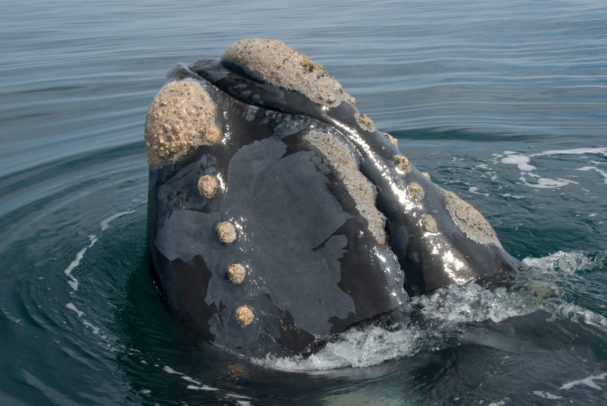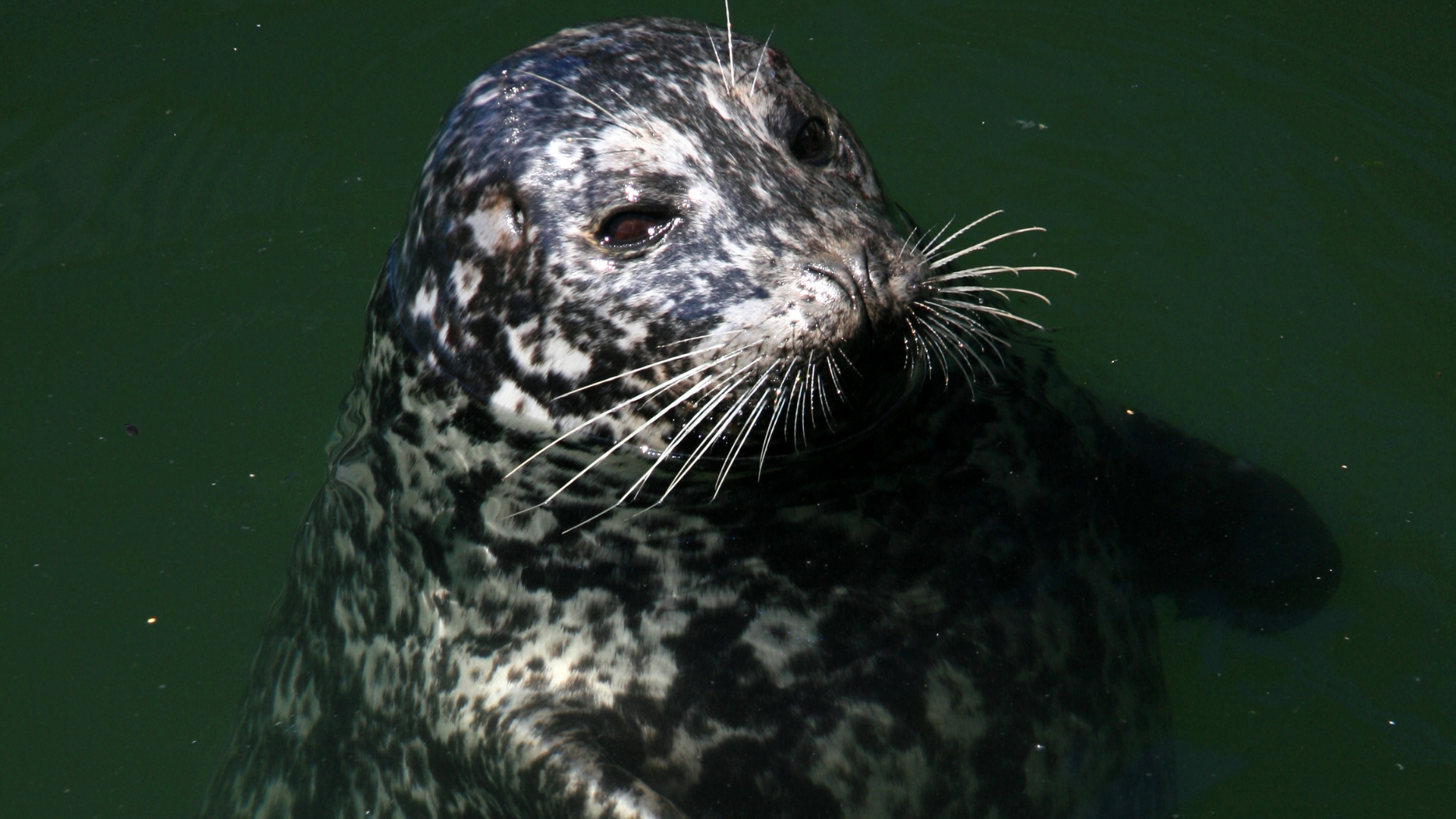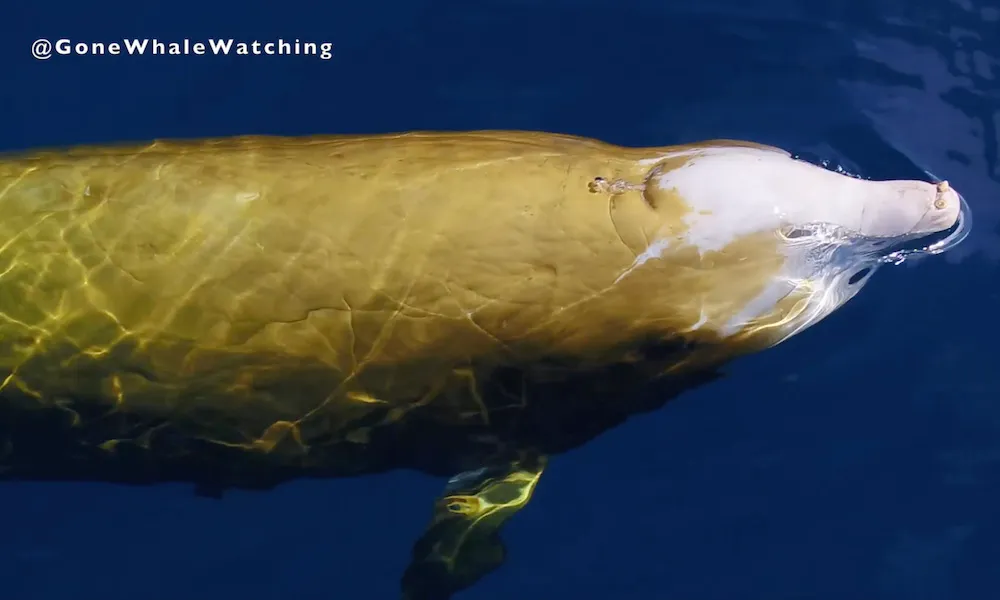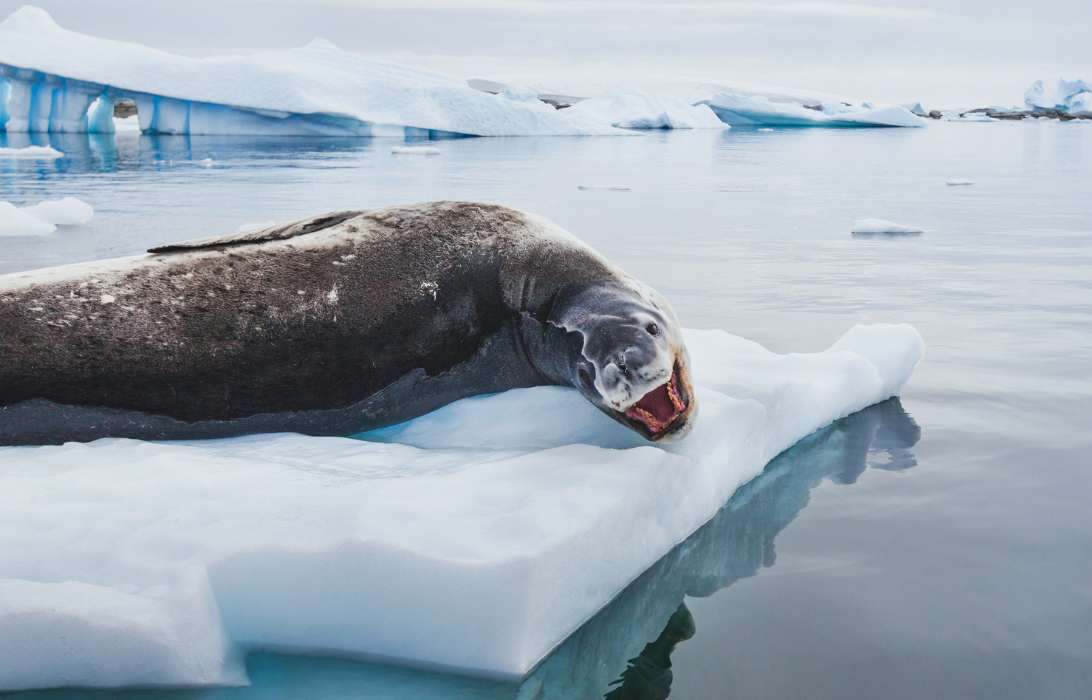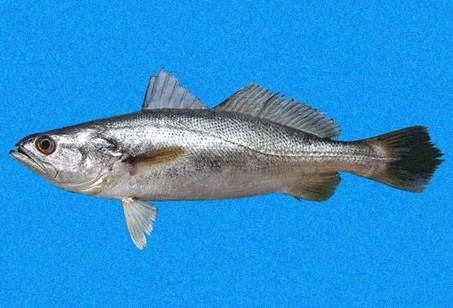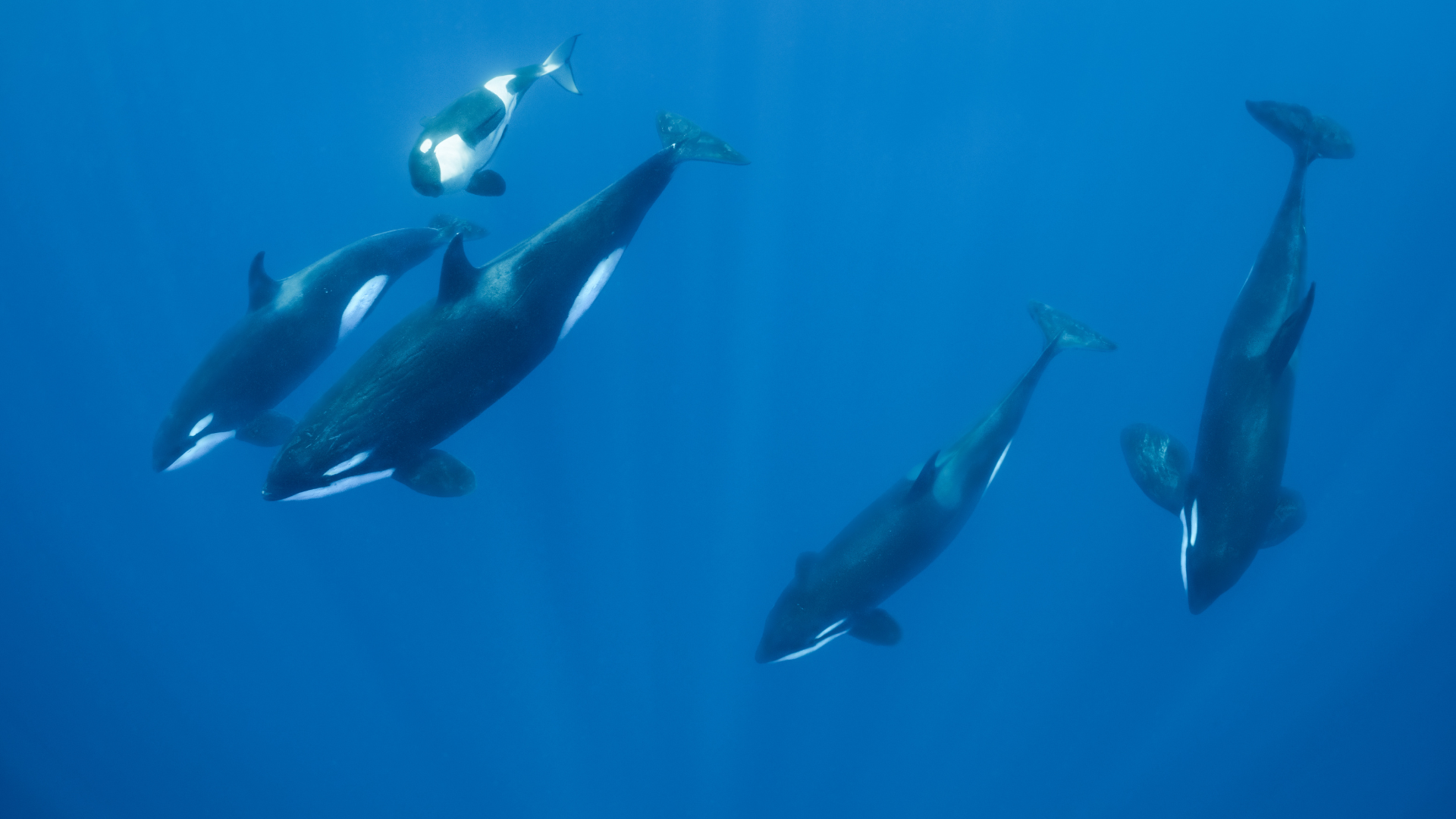LATIN NAME Eubalaena
AKA Greenland whale, the black whale, the great whale, the true whale; For E. australis: antarctica (Lesson, 1828), antipodarum (Gray, 1843), temminckii (Gray, 1864); For E. glacialis: biscayensis (Eschricht, 1860), nordcaper (Lacepede, 1804); For E. japonica: sieboldii (Gray, 1864)
LENGTH 11–18 m (36–59 ft)
WEIGHT 60–80 short tons (54–73 t)
LIFETIME Unknown, but there is evidence that their Bowhead cousins may live 200+ years.
PHYSICAL TRAITS Mostly black, no dorsal fin, callosities on the head region, thick body, broad tail fluke, distinctive v-shaped blow
BEHAVIOR Right whales forage and reside at the surface in shallow waters near the coasts.
HABITAT Moderate temps found between 20 & 60 degrees in latitude, close to peninsulas, bays, continental shelves
LOCATIONS Three distinct areas of the globe: the Northwestern Atlantic Ocean, the North Pacific in a band from Japan to Alaska, all areas of the Southern Ocean.
FOOD Zooplankton, crustaceans, krill, pteropods
PREDATORS Orcas
Right whales are surface feeders that inhabit shallow areas close to shore, easily subjecting them to ship collisions, or “ship strikes.” Their niche also made them easy prey for commercial whalers, so currently there are exceedingly few right whales.
Cousins to the Bowhead whales, many of their calls are in the range of human hearing. Their moans and whelps suggest elephants, and the North Atlantic males produce a “gunshot” sound, so sound recordings could be mistaken for an elephant hunt.
That these animals are rare and threatened has brought a lot of focus to their preservation. This has facilitated the development of a fabulous monitoring program in the Stellwagen Bank National Marine Sanctuary designed, installed, and managed by Chris Clark’s lab (Cornell). Much is being learned about the whales, but also about shipping noise and masking models.



